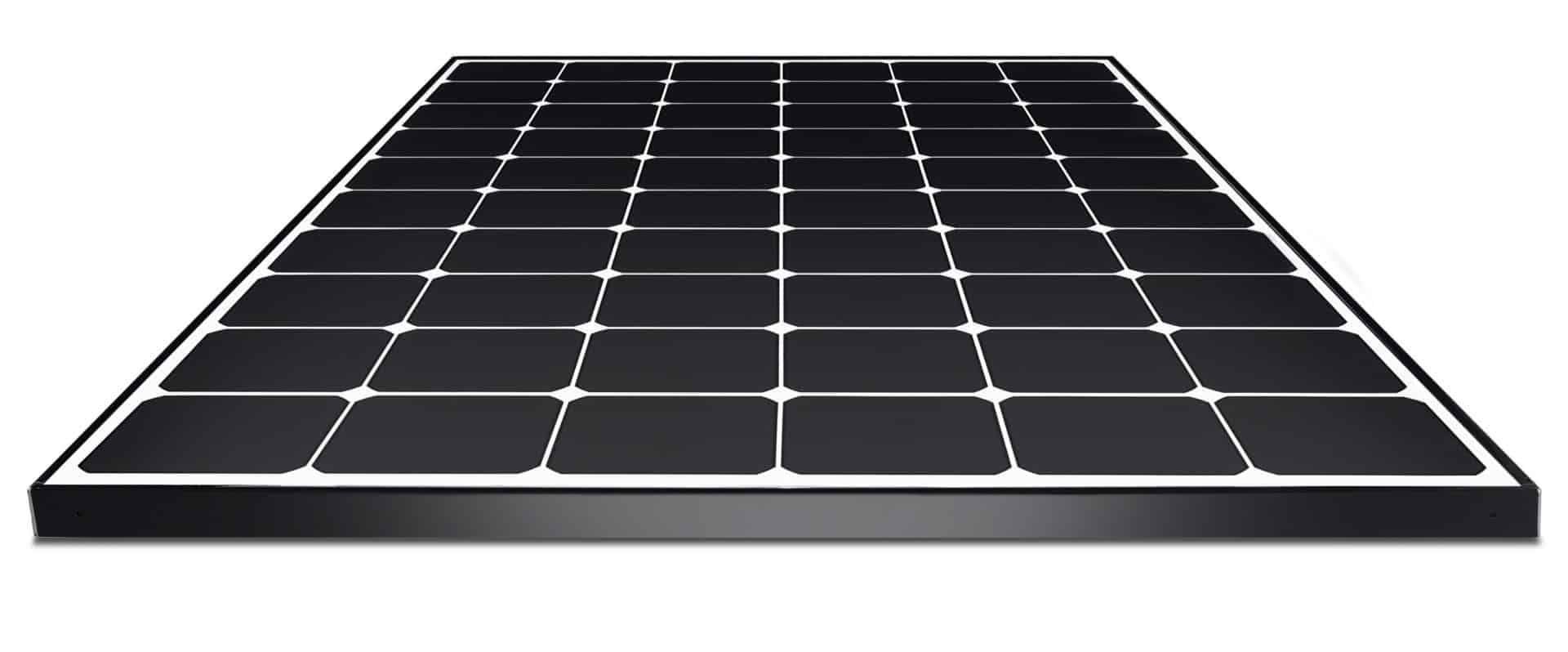Save Now, Pay Later.
With flexible payments from handypay.
Save Now, Pay Later.
With flexible payments from handypay.
Published

Quite often we talk about where we are heading to in regards solar and batteries but today I thought we would talk about where we used to be.
If this were a TV show, this would be the bit where we fade to black to the sound of harp music and everything from this point on would be shot in black and white.
Roll your mind back to the year 2008. We were lining up to the Batman; The Dark Knight and waiting for the next Harry Potter instalment. Tasmania finally hit 500,000 population mark. So all sorts of things were happening.
About the same time DMS Energy were starting to really hit our straps in the electrical and renewable energy world.
We were using, at the time, mostly 170 Watt panels and selling them in really large numbers. They were a step up from our previous 160 Watt modules. These new 170 Watt solar modules were a whopping $5.80 per Watt. So I was selling them for around $990 per panel. The rebates were higher but it was still around $8,000 for a 1kW system. We were amazed looking at these super 170 Watt panels and thinking this is the pinnacle of renewable energy.
We were only just little bit wrong. So our most expensive panel is the Korean made LG 370 NeON-R module and that is around $550 and that is $1.50 per Watt to buy compared to $5.80 per Watt in 2008. They are made to much higher standard panels, they perform better in low light and earlier and later in the day and they have much better warranties these days.
Our newest size in our most popular panel, is the LG 350 NeON2 and that $355 per panels or $1.24 per Watt to buy.
Our entry level Chinese manufactured Trina/Astronergy/Suntech 305 Watt module is a $275 to buy. You can literally walk in and buy these for $275 each and that is $0.91 per Watt. How crazy is that? These prices are before any rebates so your buy price can be much cheaper still.
What we also noticed though with our Chinese panels is in 2013, when the prices really started to tumble, was the quality started to tumble as well. Frames went from 50mm thick to 30mm, the front glass was made thinner, the wafers that make up the cells had been cut so thin they were almost transparent. Plus the overall general build quality was just noticeably a bit crap.
Which was a shame as our earlier Chinese branded modules were as good as any in the world as they were expensive to buy so there was no need to try and economise on quality but once the race was on to provide the cheapest cost per watt panels the first thing to go was the quality.
That’s why we went to LG panels. Not the cheapest panels but they were and are the best on the market so we only sell the other Chinese panels under sufferance as, while they are one of the better panels coming out of China, they still in my opinion are going to be a lucky dip panel with unknown outcomes in around 7 to 10 years. None of the major Chinese brands have been immune from significant field failure. But they were dirt cheap. In mentioning that, a while ago a brand called Winaico we were seriously investigated for our entry level panel was a bit of drama. These Chinese modules were lauded as a high quality item backed up by top service with an Australian office. It all looked legit. 5 years later hundreds of failures appearing in the field and manufacturer dodging warranty obligations like PAC Man. It was another business landline avoided. Never have I been more resolved to stick to know quality products like LG solar.
Inverters are cheaper now and mostly transformerless now days. Back when I started in this game most inverters had either a high frequency or toroidal transformers. These were heavy bits of gear but their topology also meant they had lots of copper and iron in them so they were expensive. Our German made Diehl AKO’s were a two man lift to put on the wall. We still use transformer type inverters for our off grid situation but most grid connect inverters now are much, much lighter as they have no large transformer in them.
The weak point in any inverter is still the electrolytic capacitor as they dry out and fail over time. Our newest inverters though now do not have any electrolytic capacitor at all making the smaller and lighter again.
Then we have the batteries. Another whole discussion on the advancement of batteries over the last decade.
Not much bigger than a lunch box and running efficiencies or around 99.8%
So when I look back on how things were and look around me and see house things are it just makes me excited about how things are going to be in the future. It just an amazing time. Who would have thought 11 years ago we would be talking about people powering their home 24 hours a day from the energy harvested off their roof for free.
Another 11 years time we might be comparing features and benefits of all the electric cars on the market. Well we could do this now as Porsche unveiled their all electric car. It’s amazing!!
DMS Energy strives to Honestly, Ethically and Accurately assist Tasmanians to meet their energy reduction goals.
DMS Energy have advised countless locals on the right energy solutions for their home’s and business’s.




DMS Energy are not your typical energy efficiency salesmen! We are long time locals offering expert advice on solutions that are tailored to your individual needs. Talk to one of our experts today.